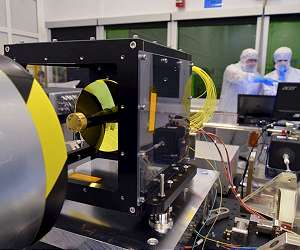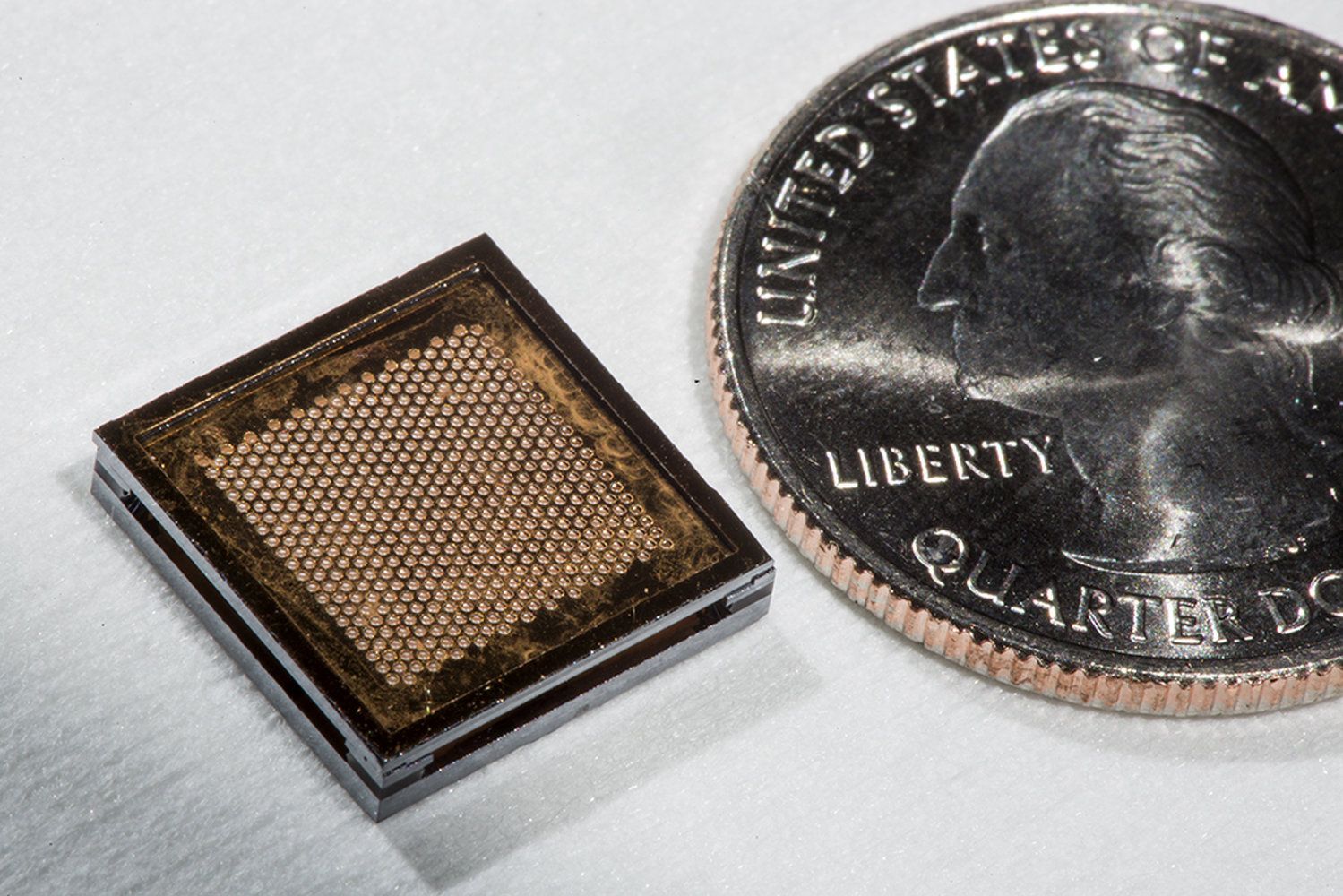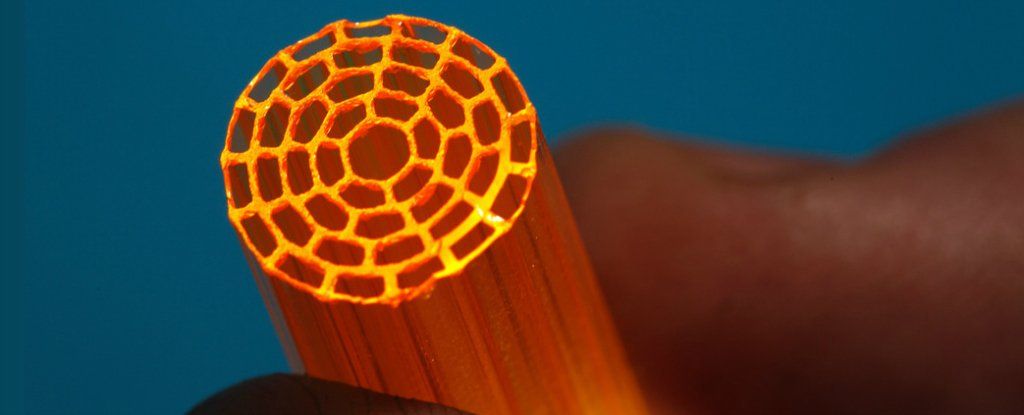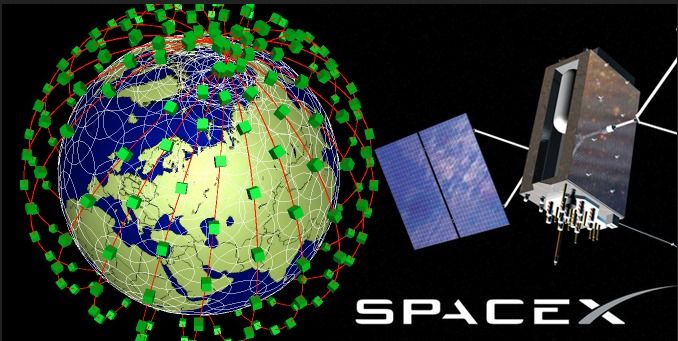Mar 31, 2017
Chinese internet giant Tencent buys 5% of Tesla
Posted by Alireza Mokri in category: internet
Tencent, Asia’s second highest valued tech firm, has bought a five percent share in Tesla. According to a filing, the Chinese firm scooped up 8,167,for around $1.7 billion to become one of Tesla’s largest shareholders.
The news itself sent Tesla’s share price up three percent in pre-market trading. The purchase was arranged on March 17, and those now-Tencent-owned shares are worth around $2.2 billion at current market value.
Tencent is a prolific investor. It holds equity in Snap, this year’s hot tech IPO, among others following an early investment. While that interest in messaging makes sense since Tencent’s operates China’s dominant chat app — WeChat — it isn’t immediately clear whether the Tesla investment has strategic undertones. An alliance with Tencent could significantly boost Tesla’s efforts in China, which is already impressive. Chinese sales accounted for 15 percent of Tesla’s $7 billion revenue last year.
Continue reading “Chinese internet giant Tencent buys 5% of Tesla” »


















